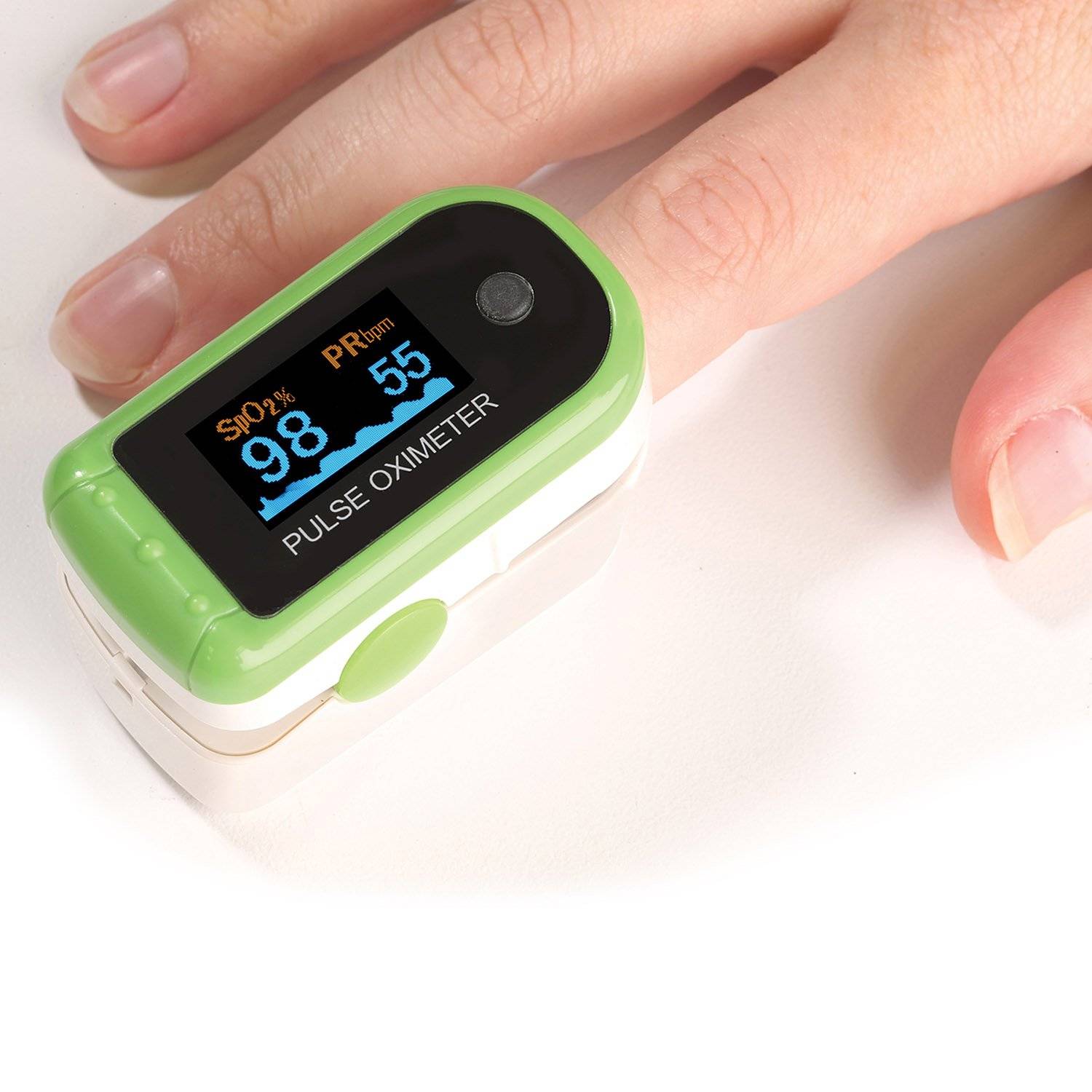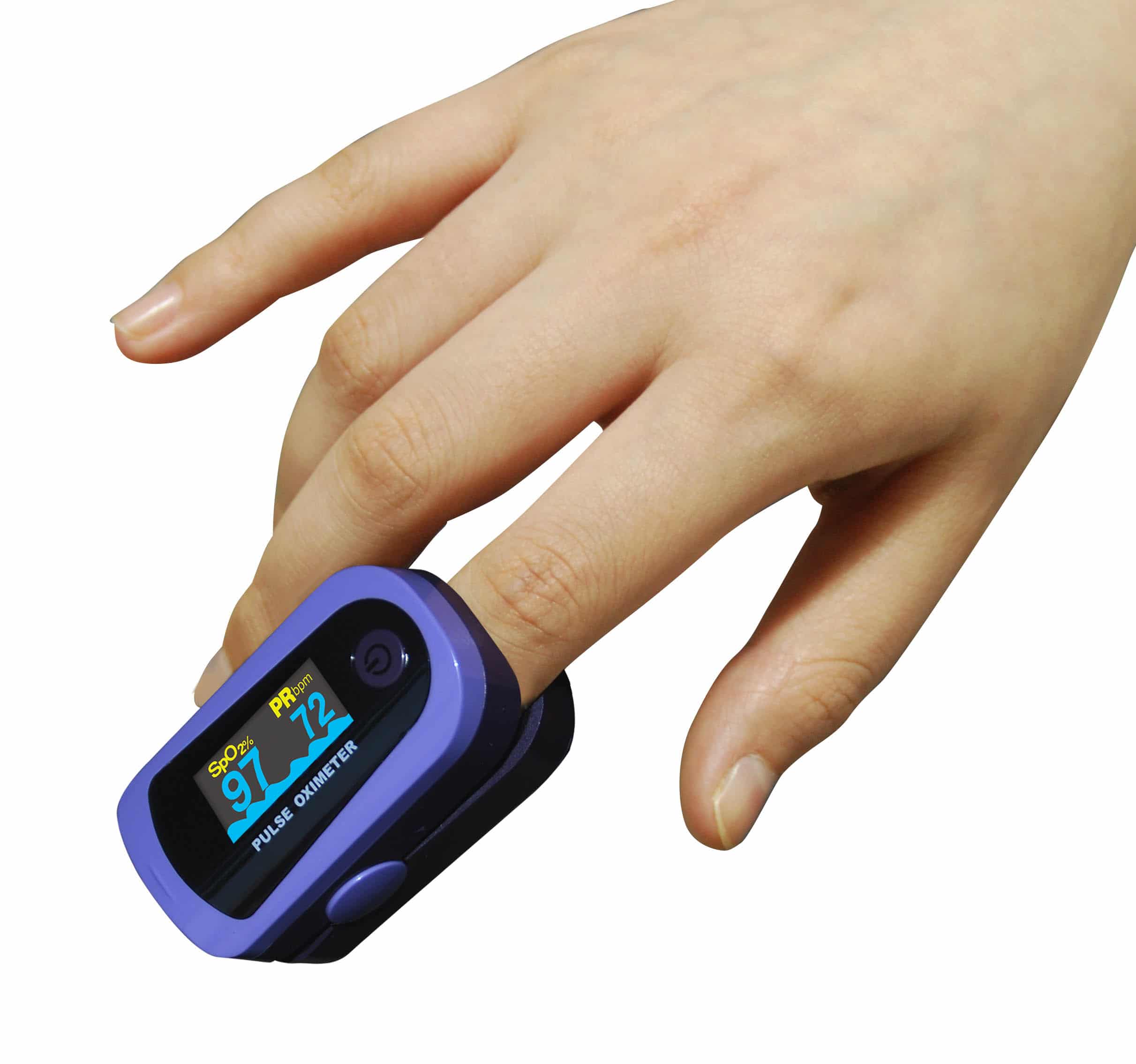
On this page, you can find the following information:
#Pulse oxometer how to
For use in children, see how to use a pulse oximeter in children. Note: The information on this page is for the use of a pulse oximeter in adults. pulse oximeter is a small device that fits on your finger and quickly and easily checks your oxygen levels and heart rate. Racial bias in pulse oximetry measurement. fda.gov/medical-devices/safety-communications/pulse-oximeter-accuracy-and-limitations-fda-safety-communication Pulse oximeter accuracy and limitations: FDA safety communication.Pulse oximetry screening for critical congenital heart defects. patients/patient-resources/resources/pulse-oximetry.pdf You can learn more about how we ensure our content is accurate and current by reading our editorial policy. Healthline has strict sourcing guidelines and relies on peer-reviewed studies, academic research institutions, and medical associations. The authors concluded that more research is needed to understand and correct this racial bias.
#Pulse oxometer skin
Tests like these were developed without considering a diversity of skin tones. Researchers found that among Black patients, there were three times as many cases of pulse oximetry tests failing to detect occult hypoxemia when blood gas measurements did so. Various factors can affect readings, including a person’s skin tone.Ī 2020 report compared the accuracy of pulse oximetry tests and blood gas measurements in detecting hypoxemia in Black and white patients. A level of 92 percent or lower can indicate potential hypoxemia, which is a seriously low level of oxygen in the blood. But repeated or consistent instances of lowered oxygen saturation levels may be damaging.Īn oxygen saturation level of 95 percent is considered typical for most healthy people. Having an oxygen saturation temporarily below this level may not cause damage.

This is the oxygen saturation level needed to keep your cells healthy. The American Thoracic Society says that typically, more than 89 percent of your blood should be carrying oxygen. The Food and Drug Administration (FDA) requires that prescription oximeters must provide results within an accuracy range of 4 to 6 percent. With this equipment, medical professionals can carry out the tests accurately. This is especially true when using high quality equipment found in most medical offices or hospital settings. Pulse oximetry tests are an estimation of blood oxygen levels, but they’re typically precise. to evaluate whether someone momentarily stops breathing while sleeping - like in cases of sleep apnea - during a sleep study.to assess someone’s ability to tolerate increased physical activity.to determine how effective supplemental oxygen therapy is, especially when treatment is new.

to determine whether someone needs supplemental oxygen therapy.to monitor oxygen levels during or after surgical procedures that require sedation.


Medical professionals may use pulse oximeters to monitor the health of people with conditions that affect blood oxygen levels, especially while they’re in the hospital. The purpose of pulse oximetry is to see if your blood is well oxygenated.


 0 kommentar(er)
0 kommentar(er)
